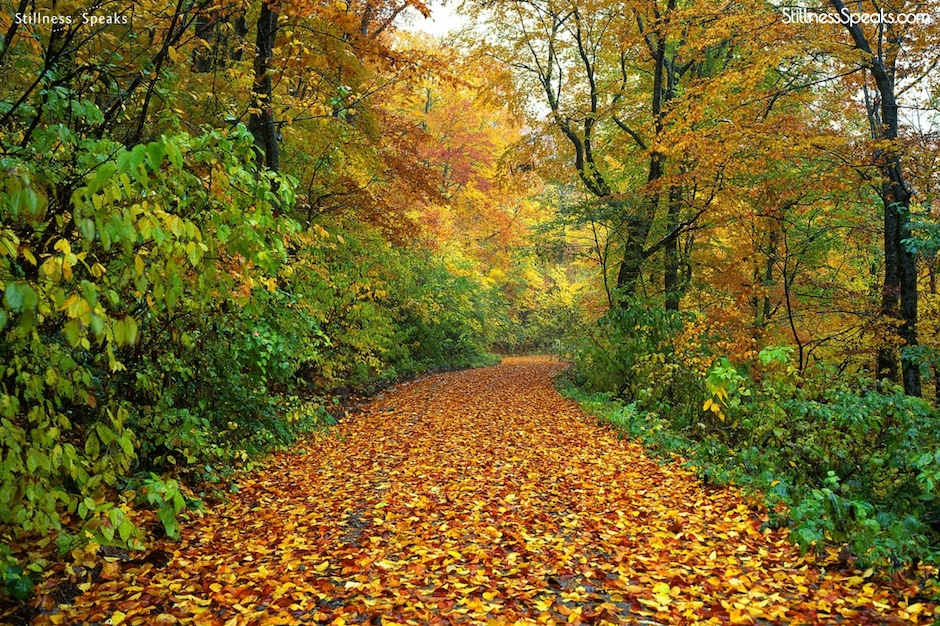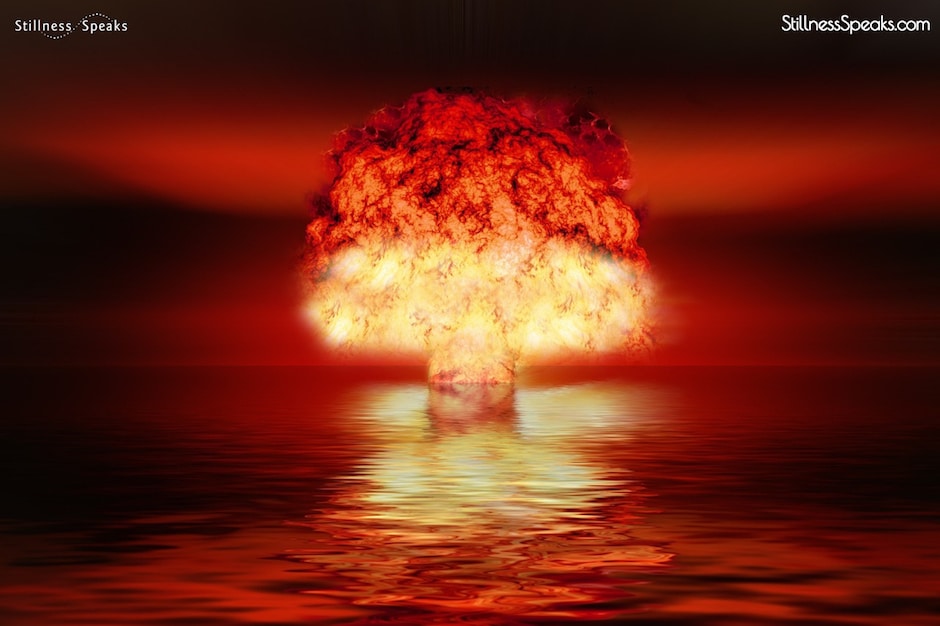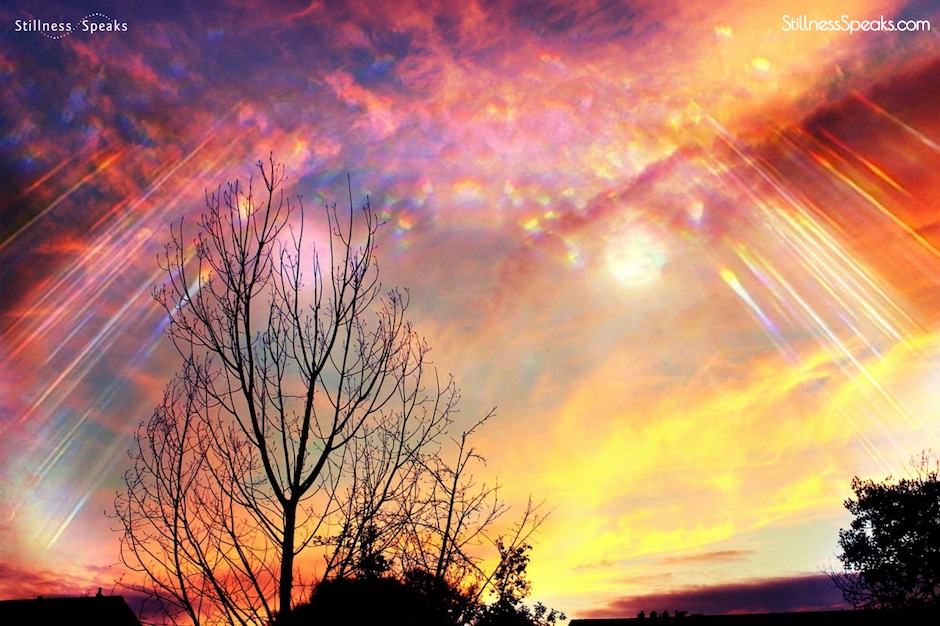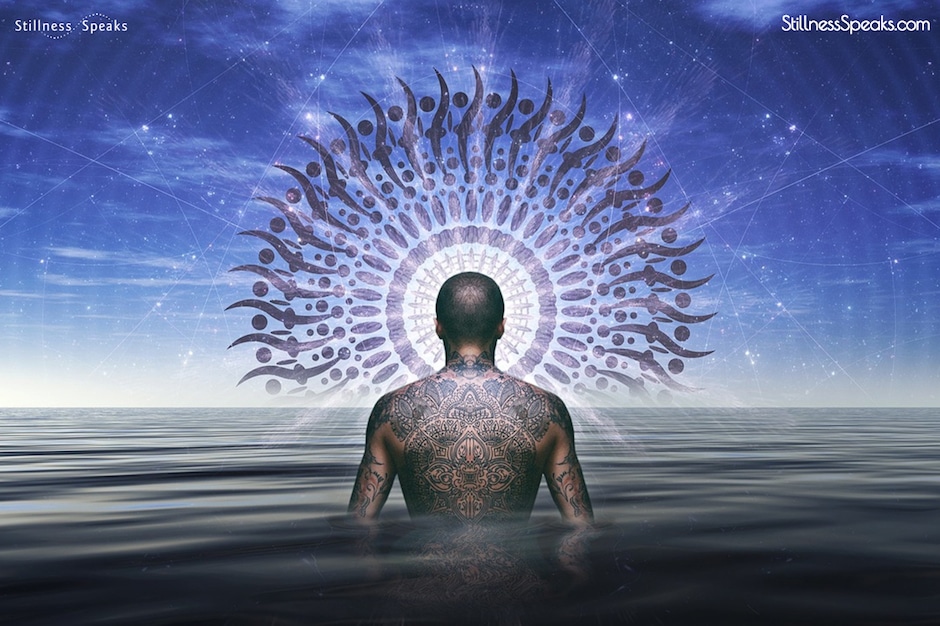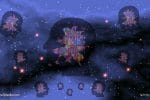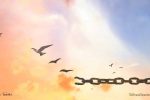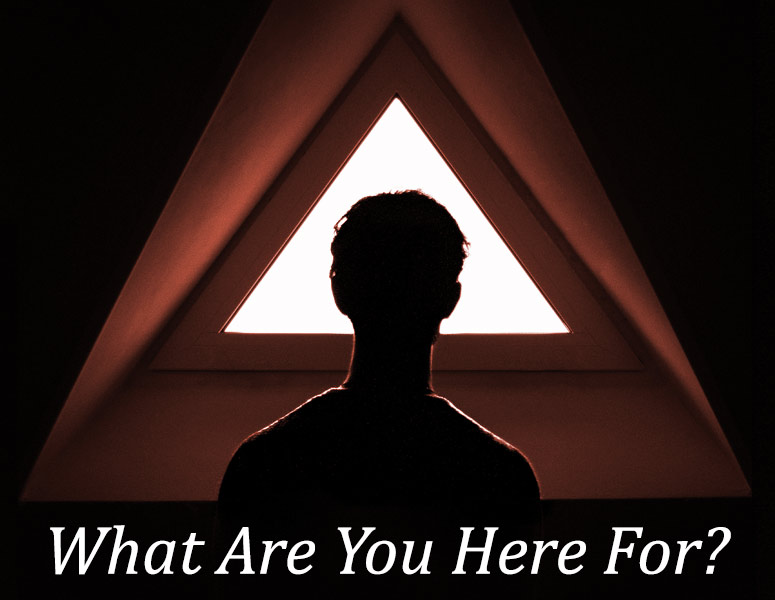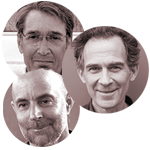“… acceptance {of our mortality} may be the trigger that opens us to new possibilities, to a much richer, more spiritual way of looking at life …” ~ Peter Russell
In The Consciousness Revolution, three pioneers (Stan Grof, Ervin Laszlo, and Peter Russell) at the cutting-edge of Western thought reflect on the chances of peace in the world, on how society is changing, and on the changes we can make in ourselves. They consider the roles of art, science, education, goals and values, world views, religion, spirituality and, above all, consciousness – for the state of our consciousness is the key issue underlying almost everything else.
This post is the 2nd in a series on the conversation among these three pioneers. In this excerpt they explore the potential signs of transformation in consciousness in our times such as: death as a transformative catalyst – both individual and collective … whether it is “close encounters” with death (Near Death Experiences or death of a loved one) or psychological/inner death OR viewing death from a spiritual perspective and it’s commensurate gifts (e.g., living more fully in the present, raised awareness resulting in greater racial, cultural, religious harmony leading to a kinder, more inclusive way of being) OR implications of viewing it as a “continuity” and “not the end” as in the Tibetan tradition. And, here’s Part 1 of this series.
Stan touches on his expansive cartography of the psyche particularly that the discoveries from research of non-ordinary states of consciousness were in fact RE-discoveries of knowledge and wisdom (e.g. regarding death and rebirth) of the ancient world – stretching from the Mediterranean to Mesoamerica … including Eleusinian mysteries that potentially had a profound impact on the ancient Greek culture and thereby on the European culture.
Peter underscores the conversation with his view that we are “rediscovering a wisdom that has been rediscovered many times in many cultures,” which results in deeper awareness that ultimately can lead to greater inner peace and more harmonious relationship with the world that is not driven by fear or self-centered thinking patterns.
Read and reflect on this engaging and fascinating conversation – full of deeply thought provoking insights.
The Consciousness Revolution is listed in our book library and can be purchased by clicking here. All text below is directly excerpted from Peter’s website with his permission.
RUSSELL: A collective leap in consciousness is possible. Yet there are many other scenarios as well. We must remember that we are living in unpredictable times – probably the most unpredictable times ever. The pace of change is so fast, and the world so complex, that no one can predict what the world will be like in ten years time, or even five years time. The only thing that is certain is that we are going to see many unexpected changes. Some of them may be disasters, some of them may be major political turnarounds, and some of them could be major shifts in consciousness. But I do not think we can predict exactly what will happen or how. As Stan just pointed out, no one predicted that Eastern Europe would change as it did in 1989, and so rapidly. We have to be prepared for the totally unexpected, and that could be anything.
LASZLO: Or it could be nothing. That would be worse.
RUSSELL: It will not be nothing.
LASZLO: I mean we may not be there to experience it.
RUSSELL: We may not. And this is certainly a very real fear. It is also a fear that we need to look at more deeply, because it is clearly tied in with the fear of death.
RUSSELL: Our personal death is the only thing we are certain of in our lives. Being aware of it is a price we pay for having being conscious of our own individuality, and being able to look ahead into the future. Death is the only inevitability; yet most of us live our lives as if it were never going to happen. We avoid thinking about it. We live our life in denial of the one thing that cannot be denied.
The same is true on a collective level. We fear the end of our world, the end of our civilization. But maybe that, too, is inevitable. After all, no civilization in the past has lasted forever. Why should ours be any different? Both therapists and spiritual teachers tell us that accepting and even embracing our own personal mortality is one of the healthiest and most liberating things we can do. Perhaps we should do the same collectively – accept and even embrace the end of the world as we know it.
Usually we do the opposite. We deny it, try to fight it. We do not want it to happen – probably because we do not want to let go of the comfortable lifestyles to which we have become so attached. But we may have to accept it in the end. And that acceptance may be the trigger that opens us to new possibilities, to a much richer, more spiritual way of looking at life.
GROF: Based on the experiences and observations from my work, I tend to see death in a larger context, from a spiritual perspective. In non-ordinary states of consciousness, the psychological encounter with death is the key element in psychospiritual transformation. When death is confronted in a symbolic way in inner self- exploration, it is conducive to a spiritual opening, a mystical experience. Encounter with actual biological death can be used for the same purpose. For example, in the Tantric tradition in Tibet and in India, one has to spend some time in cemeteries and burying grounds and experience contact with dying people and corpses. It is seen as an important part of spiritual practice.
When we confront death internally, what happens is that we do not experience biological demise but what can be called ego death. We discover in the process that we are not the body ego or what Allan Watts called the ‘skin encapsulated ego.’ Our new identity becomes much larger – we start identifying with other people, with animals, with nature, with the cosmos as a whole. In other words, we develop a spiritual or transpersonal self. This leads automatically to a greater racial, cultural, political and religious tolerance and to heightened ecological awareness. And these are changes that could become extremely important in the current global crisis.
Something similar happens also in people who have near-death experiences (NDE). Typically they are profoundly transformed, with a new set of values and a new life strategy. They see life as being very precious and do not want to lose a single minute of it. They do not want to waste time by auto-projecting. This means they really live in the present, in the here and now. In retrospect, all the time we spent chasing some mirage of future satisfaction is wasted time. When we can look at our life retrospectively, from the moment of imminent death, only the time when we lived fully in the present appears to be time well spent. This is the great lesson that comes from confrontation with death, whether this is a brush with biological death or a symbolic encounter with it during mediation, in psychedelic sessions, holotropic breathwork, or in spontaneous psychospiritual crises.
RUSSELL: I have just been through a related experience with a close friend who died just a few weeks ago. I knew she was dying of cancer and had been prepared for it for over a year. When she did pass away, my immediate reaction was, I, too, need to die. I didn’t quite understand the feeling at first, but as I let it in, I saw it was about needing to die on the ego level in order that I could live more fully.
A few weeks later I met her boyfriend and found that he had had a very similar experience, though much more profoundly. He said that when she died, he also died. The realization of how inevitable death is and what it means affected him so deeply that he has come alive in a new way. He said, “I’m not going to waste another moment of my life. I’m not going to refuse another opportunity to really live life.” In a way, part of him died and part of him came alive through having his beloved die. It was a very powerful and moving experience.
LASZLO: I had a profound personal experience recently, when I was in Auroville, India. One day I could not sleep all night and I did not know why. The next morning I got the news that my mother had died. The following day I went up North, to Dharamsala, to see the Dalai Lama. I spent three days there, including what the Tibetans consider the critical day, the fourth day after someone has died. This is the day the spirit of the departed begins its transition. Being with the Tibetan lamas, my experience was that, no, this is not the end. There is a continuity. It was a very profound experience, and it was very different than it would have been in a Western setting. It has stayed with me in some way ever since. The loss is there, but the sense is that it is not an absolute loss, not the end of something, but a transformation.
GROF: This sounds very much like the kind of awareness with which people emerge from powerful transformative experiences: death is not the final and absolute end of existence; it is an important transition into another form of being.
LASZLO: In the East knowledge about life, death, and rebirth has been handed down for thousands of years. Now we are rediscovering these insights in the West.
GROF: Indeed, much of this has been known for centuries or even millennia in different parts of the world. When I started doing psychedelic research some forty years ago, I came into it equipped with Freudian psychoanalysis, which was a very narrow and superficial model of the psyche. In serial LSD sessions, all people that I worked with sooner or later transcended the Freudian framework, which is limited to postnatal biography and the individual unconscious. They started having a wide rage of experiences uncharted by Freudian analysis and Western psychiatry. I spent three years patiently mapping these experiences, believing that I was creating a new cartography of the human psyche. As I saw it then, this was made possible by the discovery of LSD, a powerful new research tool. However, when I completed this map to such an extent that it included all the major experiences I was seeing in psychedelic sessions, I realized that the new map was not new at all, but a rediscovery of a very ancient map.
Many experiences included in my cartography were described in the anthropological literature on shamanism, the most ancient healing art and religion of humanity. In shamanism, non-ordinary states of consciousness play an absolutely critical role both in the initiatory crisis, that many novice shamans experience at the beginning of their career, and in the shamanic healing ceremonies. Similar experiences were also known from the ‘rites of passage,’ important rituals first described in the book of the Dutch anthropologist Arnold van Gennep.
Rites of passage are conducted in native cultures at the times of critical biological and social transitions, such as the birth of a child, circumcision, puberty, marriage, menopause, aging, and dying. In these rituals, the natives have used similar methods (‘technologies of the sacred’) for inducing non-ordinary states as the shamans – drumming, rattling, dancing, chanting, social and sensory isolation, fasting, sleep deprivation, physical pain, and psychedelic plants. Typically, the initiates have profound experiences of psychospiritual death and rebirth.
Many experiences featuring in my extended cartography of the psyche can also to be found in the literature on the ancient mysteries of death and rebirth which were popular and widespread in the ancient world from the Mediterranean to Mesoamerica. They were all based on mythologies describing death and rebirth of gods, demigods and legendary heroes — the stories of Inanna and Tammuz, Isis and Osiris, Dionysus, Attis, Adonis, Quetzalcoatl, and the Mayan Hero Twins. In the mysteries, initiates were exposed to various mind altering procedures and had powerful death and rebirth experiences.
The most famous of these rites were the Eleusinian mysteries conducted every five years for a period of almost two thousand years in Eleusis near Athens. A fascinating study conducted by Gordon Wasson (who brought the Mexican magic mushrooms to Europe), Albert Hoffmann (the discoverer of LSD), and Carl Ruck (a Greek scholar) showed that the key to the events in the Eleusinian mysteries was the sacred potion kykeon, a psychedelic sacrament made of ergot and similar in its effects to LSD. When my wife Christina and I visited Eleusis, we found out that the number of people who were initiated at Eleusis in the main hall (telestrion) every five years exceeded three thousand. This had to have an extraordinary influence on ancient Greek culture and through it on European culture in general.
This is a fact that has not been acknowledged by historians. The list of the initiates in the Greek mysteries reads like a ‘Who Is who in Antiquity.’ It includes the philosophers Plato, Aristotle and Epictetus, the poet Pindarus, playwrights Euripides and Aeschylus, the military leader Alkibiades, and the Roman statesman Cicero. Considering these facts, it became obvious to me that our discoveries in the research of non-ordinary states of consciousness were actually rediscoveries of ancient knowledge and wisdom. All we did was to reformulate them in modern terms.
RUSSELL: Yes, we are rediscovering a wisdom that has been rediscovered many times in many cultures. What we are exploring is the nature of the human mind – and the essential nature of mind has not changed significantly over human history. What has changed is what we are conscious of, our knowledge, our understanding of the world, our beliefs, our values. These may have changed considerably. But the ways in which the mind gets trapped; the way we get caught by fear, sucked in by our attachments, driven by our desires have changed very little. The essential dynamics of the mind are the same today as they were 2,500 years ago. That is why we can still derive so much value from reading Plato or the Upanishads.
Throughout human history there have been those who have recognized that there are great untapped potentials of human consciousness. Many of these have discovered for themselves a different mode of awareness, one that leads to a greater sense of inner peace and a richer, more harmonious relationship with the world around, less restricted by fear and self-centered thinking patterns. These are the saints, sages and shamans that have arisen in every culture. Many of them have tried to help others awaken to this more liberated mode of consciousness, and have developed a variety of techniques and practices aimed at freeing the mind from its various handicaps. In one way or another they were all seeking to help people step beyond the egoic mode of awareness.
_ _ _
Here’s Part 1 of this series on this extraordinary conversation among three pioneering scholars of our time …
Above excerpt is from Peter’s website and is published here with his permission.
